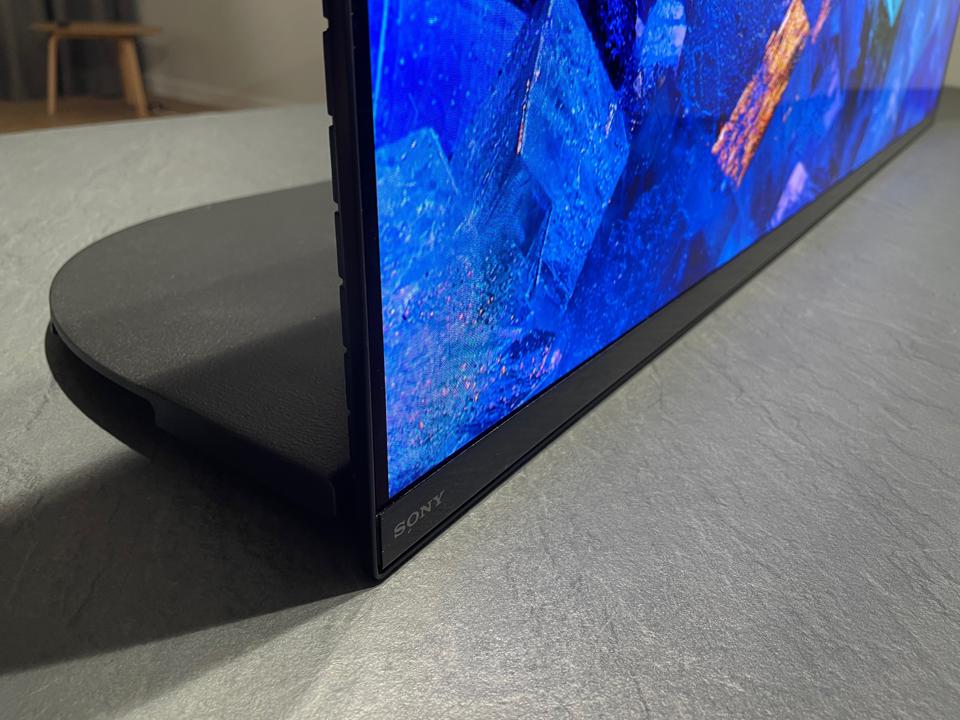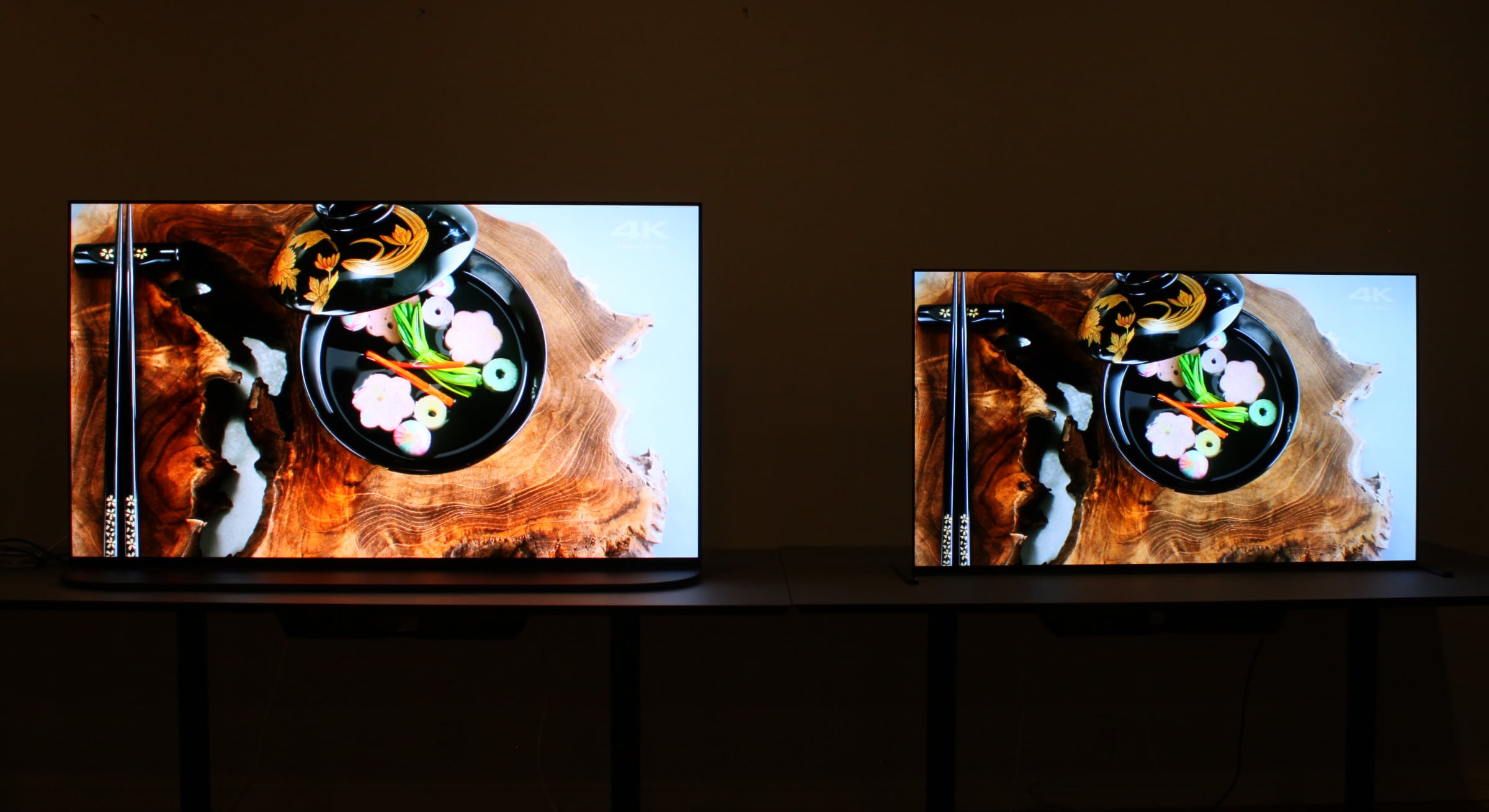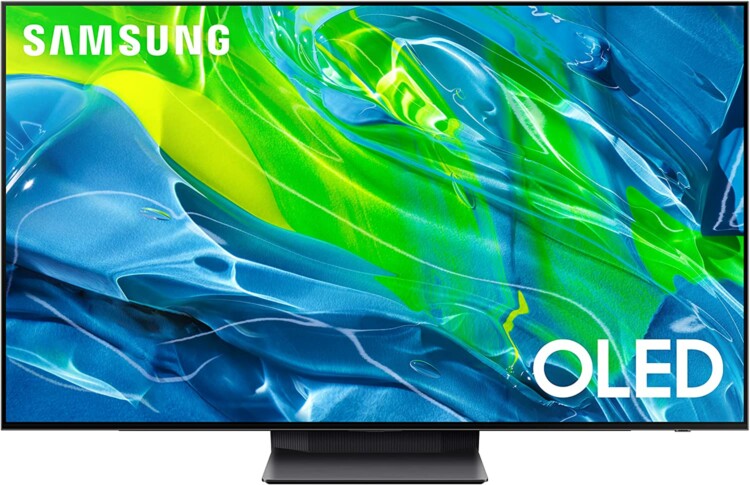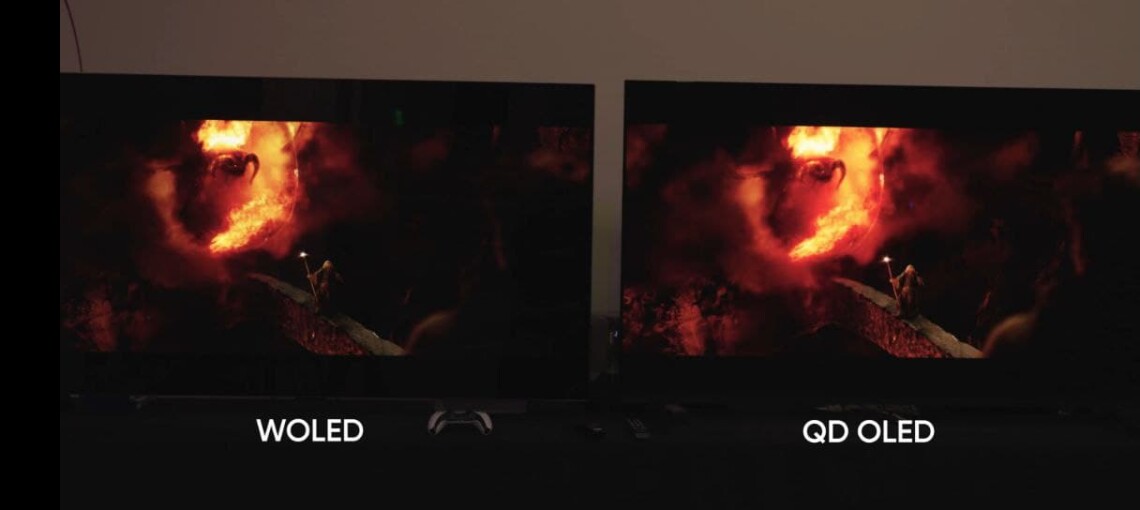
The Samsung QD-OLED QNS95B is being seen on Amazon at a surprising price… yes, surprisingly low. QD-OLED technology is attracting the attention of the entire Smart TV sector and it is not for less, since They represent a great leap in quality compared to OLEDs. (WRGB) manufactured by LG. Until now, we only knew of the official launch of the Sony A95K, which uses the same technology. But today Amazon has brought us a pleasant surprise: reservations are now accepted for Samsung’s QD-OLED, the QNS95B, at an incredible price.
The Samsung QD-OLED QNS95B is seen on Amazon at a surprising price
What is the price at which Amazon has listed the new Samsung OLED Smart TV? $2,999 for the 65-inch version and $2,199 for the 55-inch versiona really aggressive price in the case of a television with new technology and that will represent the top of the range of the Korean brand.
The details we know about this television is that it aims very high. Thanks to Value Electronics, a sales portal and which is also an official distributor of the Korean company and which also added to its reservation lists the QD-OLED Samsung QS95B to your catalog of products. Obviously, the final price is a mystery, but the figures that Amazon has put on the table for pre-order give us an important clue.
QD-OLED televisions: these are their main differences

What if we remove the white pixels and we make them all blue? Well that’s what they seem to have achieved. Basically we would be talking about an OLED panel where all the pixels are blue (instead of white), to these we would add the famous nanoparticles or Quantum Dots, which are molecules that when light falls on them (regardless of whether it is white or blue) are excited and can generate different colors, thus generating the three primary colors.

This will translate into noticeably richer and more saturated colors, without falling into artificiality, in addition to the fact that the HDR impact will be noticeably greater, as the bright elements of the high dynamic range shine more.
It seems that, in addition, Samsung is done with the blue sub-pixel degradation issue through the technique of stacking (stacking several blue sub-pixels that are “rotated” so that they wear out equally), as well as an ingenious system of cycle compensations “by zones” and in real time, something we saw in the Sony A95K first impressions article.
Thus, we can summarize that the new QD-OLEDs, among which the Samsung QNS95B will finally be, have the following advantages, thus ending the main cons that were presented:
Advantages
- The Quantum Dots are capable of generating a greater color richnessso we will see increased coverage of the color space BT.2020 up to 90%.
- The brightness, by no longer having to go through an RGB filter, has increased significantly to the 1000-1100 nits at 3, 5 and 10% in calibrated modesreaching 1500 in cooler modes.
- Fixed the problem of the premature death of the blue sub-pixel by stacking several of these per pixel.
- It has been achieved significantly lower the price of this technology, as Amazon has just demonstrated.
- It has been greatly improved the issue of retentions and burns (being Top Emission and have a zone compensator in real time).





